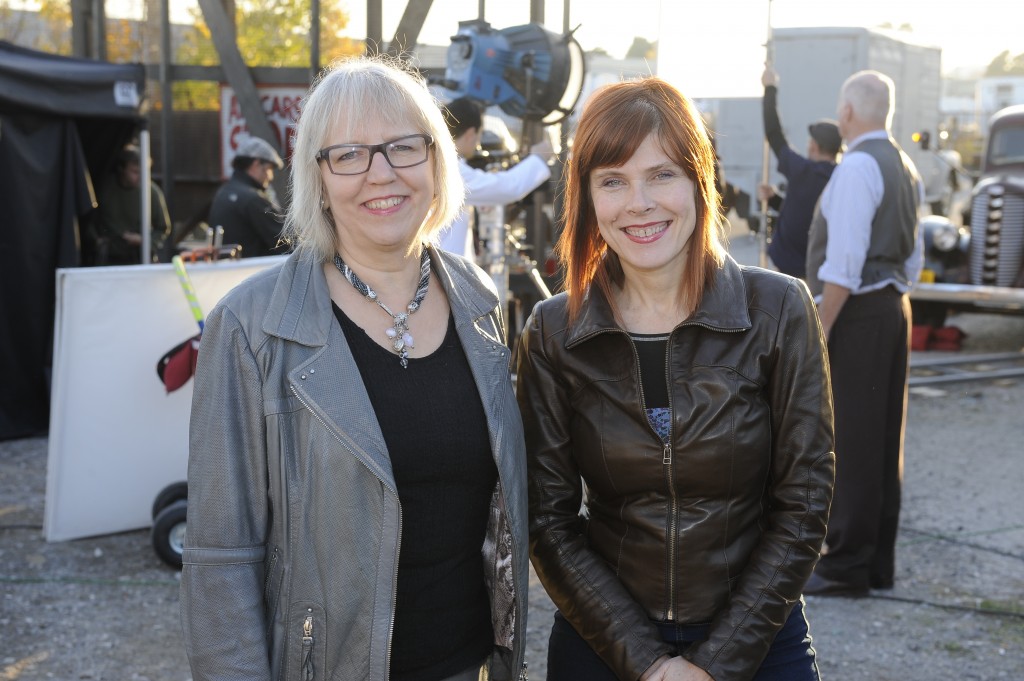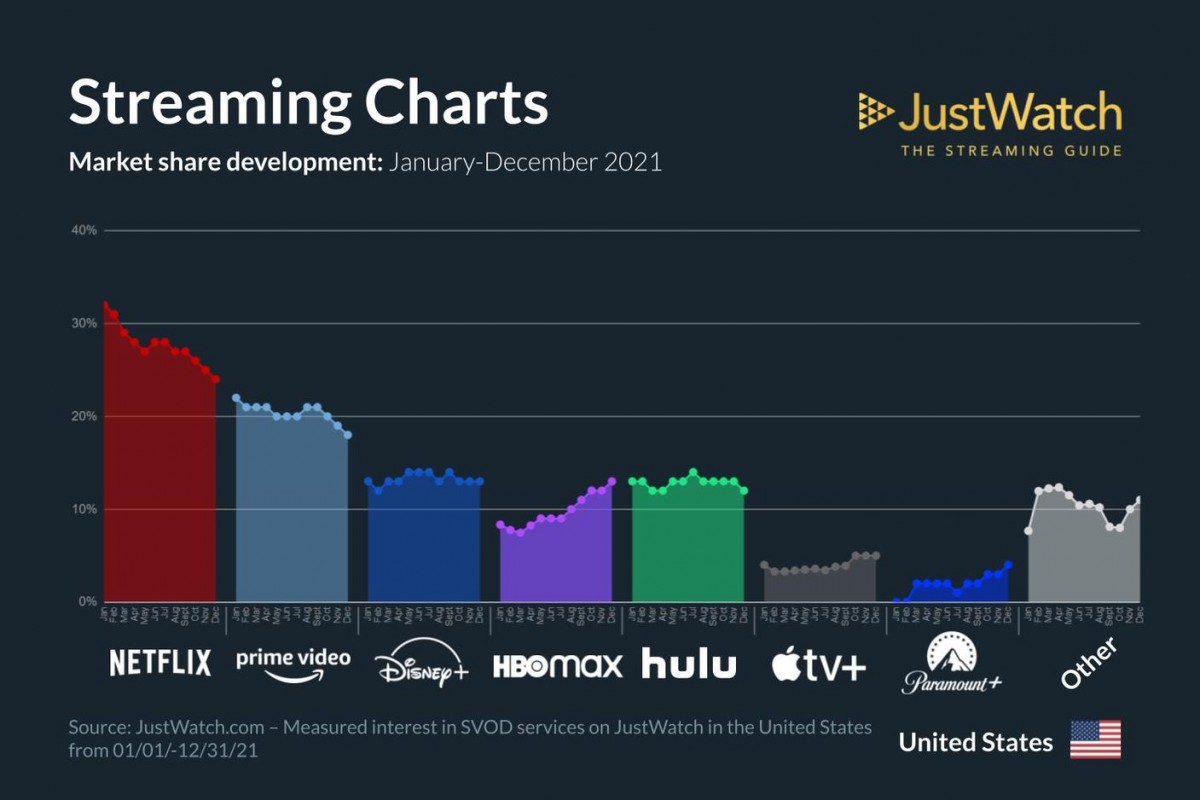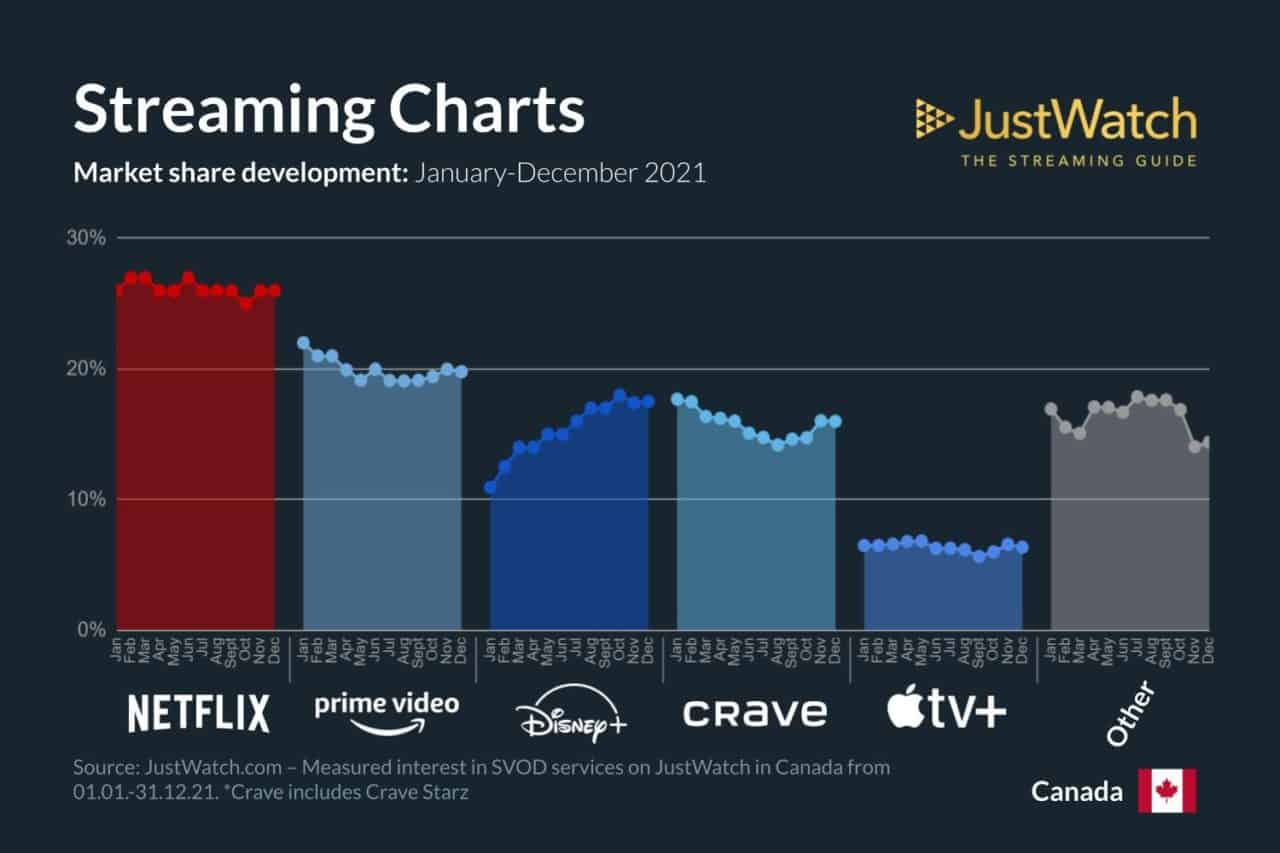As filmmakers, we make films for our audiences. But in our digital age, how are those folks supposed to find our movies among the other million movies out there?
Once upon a time, pre-Internet times, you found a distributor who specialized in your type of film and could deliver it to the audience for those films. In other words, a curator curated a collection for their congregation.
In the digital age, the platforms are in charge. Their algorithms determine what folks will see. The videos above and below from Veritasium discuss the YouTube algorithm:
Derek Muller has approached the discoverability difficulty scientifically. He posits this plan:
- Keep making high-quality videos.
- Choose topics that are more clickable.
- Use clickbaity titles and thumbnails.
How does this relate to filmmaking?
I think we have to realize that all streaming platforms and most if not all video aggregation sites have replaced curation with algorithms. My suggestion for discoverable movies:
- Quality films.
- Provocative subjects.
- Click-worthy titles and central images plus logos.
It’s about applying Marketing at the conceptualization stage and not after the movie has been made.
My take: I’m not even sure my Number 1 (Quality films) is necessary. Think of Roger Corman, the King of the B-Movie. Elliot Grove claims Corman started with the title and artwork: “Roger is a morning guy. He would meet me in my London office with the morning British papers. Over a cup of coffee, he would tear out keywords and mash them up on the table. When he saw a good movie title he would hand-write it down and I would fax it to his office in Los Angeles. This is how he came up with titles for some of his 750+ features. Titles like: Grand Theft Auto, Death Race 2000, Rock ‘N Roll High School, Slumber Party Massacre, and The Fast And The Furious. When he saw a title in his mash-up he would hand write it down, and I would fax it to LA in the days of the flimsy paper fax machines. Roger would leave my humble Soho office and do what independent film geniuses do, and return about 6 pm. LA would be awake and through my fax would come a very lo-res poster with nothing more than the image and the title. If Roger liked it, he would tear it off, stuff it in his pocket and in the evening mingle with the great and the good of the London film scene. And acquisition executives of course. He’d tell me the next morning, if enough people liked his film he would hire a screenwriter to write the script suggested by his poster. Reverse engineering.”
See his titles and posters here. And more B Movie posters.








